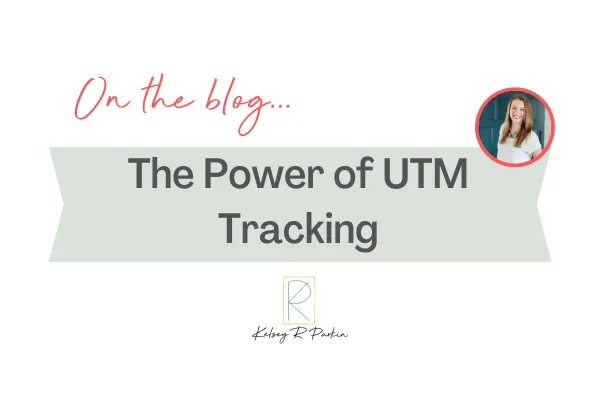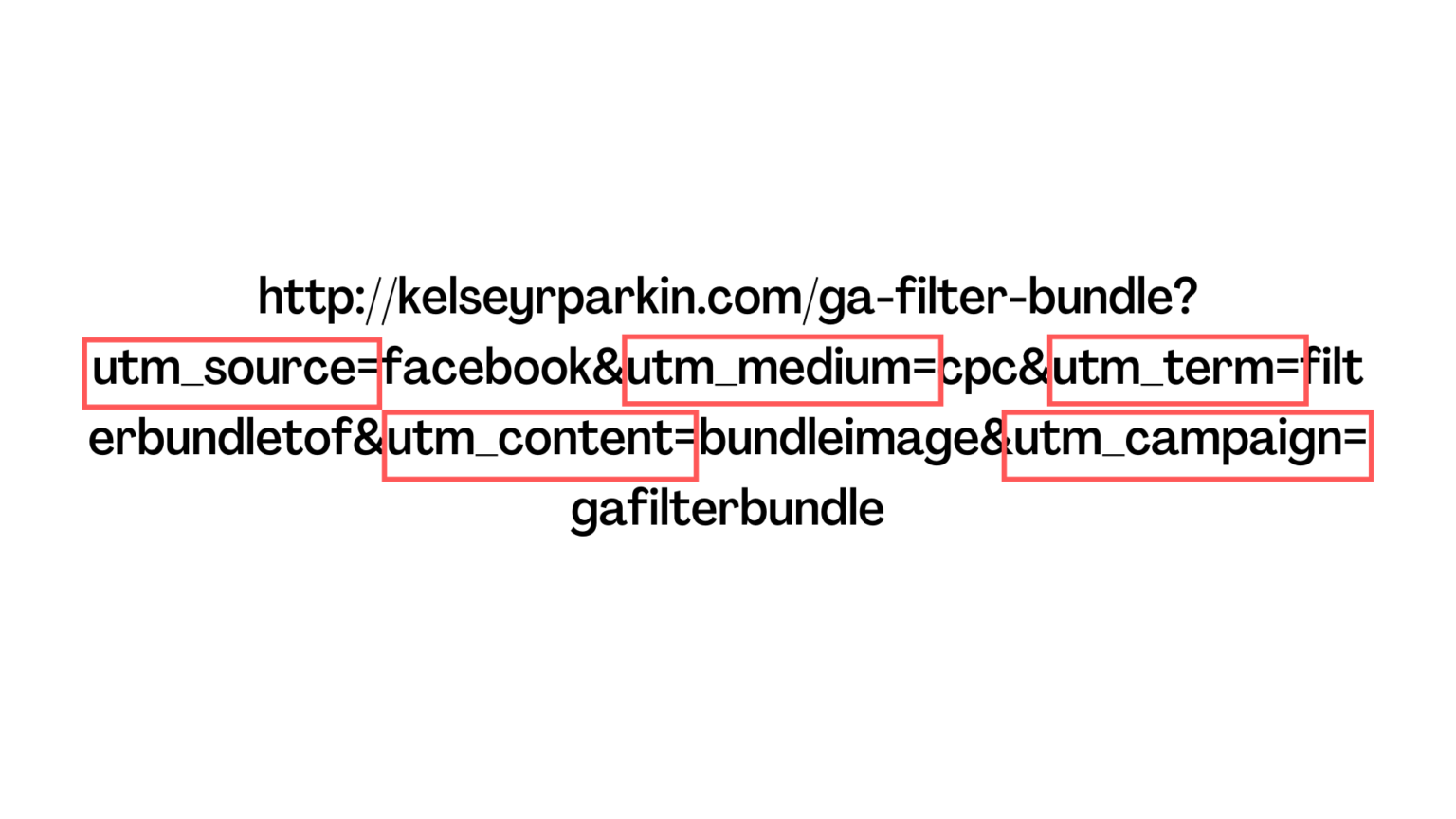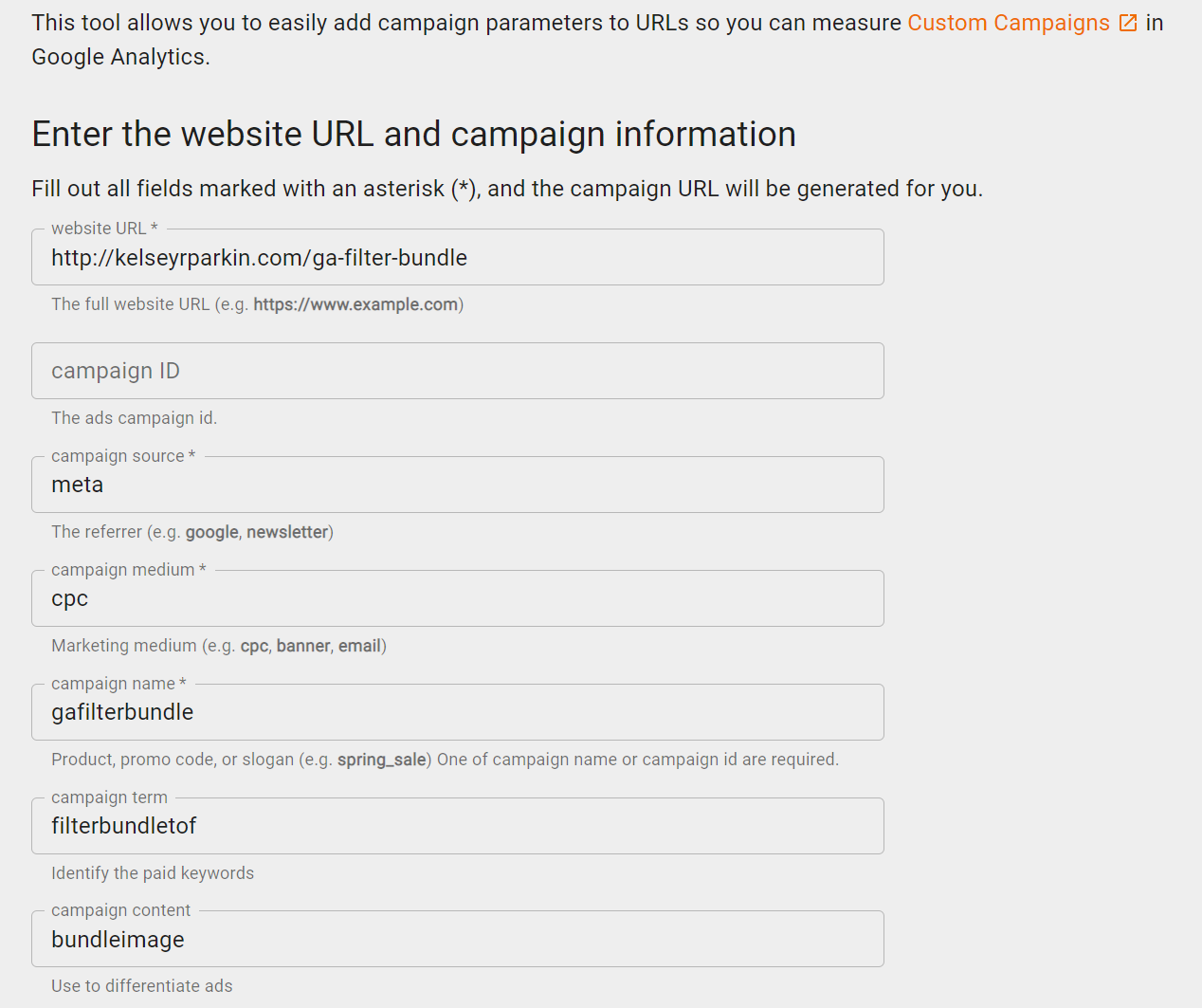Blog
Resources at Your Fingertips

The Power of UTM Tracking
The Power of UTM Tracking
Many people have Google Analytics loaded on their site but it often ends there. Google Analytics can be overwhelming to jump in and know what you are looking for. But data is only good if you actually use it. If you can related to being overwhelmed by Google Analytics, starting with UTM tracking is one of the number one ways we recommend starting. Once you can master it, which is really just training yourself to be consistent, the amount of information you gain is incredible. By tagging your URLs with UTMs (Urchin Tracking Module), you can understand how users get to your website and once they get there, how they interact with your website. So let’s start with the basics.
What is UTM Tracking?
A UTM parameter is a piece of code that gets added to a URL. This piece of code gives Google Analytics more information about where the link is coming from. When someone clicks on the UTM link, that information is sent back to Google Analytics to allow for more detailed tracking. Bottom line, UTMs are used to track external traffic to your website. Here is an example of what a link looks like:

Why use UTM tracking? What information can you get?
The number one reason to use UTM tracking is to fully understand where all your traffic is coming from. When using UTM codes you can answer
Where is my traffic coming from?
How is it getting to me?
Why is it getting to me?
By answering these questions, you can start piecing together the story of your customer’s journey. UTM tracking helps you determine which of your digital marketing campaigns are successful. This enables you to build on effective campaigns and stop wasting time on ineffective ones. For example, you can compare the success of your organic social media vs. paid social media on a specific offer you are pushing.
Some examples of questions you can ask are:
Where is my traffic coming from? Which platform is bringing in the most traffic?
Are people clicking on links in my email? If, so what links are clicked on most?
Is my podcast bringing traffic to my website?
What is the ROI on each marketing strategy?
Which Call to Action is the most effective?
How to use UTM Tracking
At the very basics, UTM tracking comes down to creating and using a link any time you are sending traffic from an external source to your website (e.g. email, social media, podcasts, etc.). Google has an excellent free tool to build your UTM links. You can find it here. Below is an example of how to enter the information in for your UTM link. Google also built in an option to shorten a link through the use of Bitly. UTM links can become quite long and there are times, such as a link in your Instagram bio, where you would want to shorten the link.

While creating the UTM link is straight forward, especially with the tool Google provides, it is very important to stay consistent and have a solid strategy. Without consistency and a well thought out strategy, UTM tracking will only give you fragments of data rather than a cohesive story. If you are interested in learning more, I created a free guide with tips and a UTM Tracker. You can download it here.
If you haven’t started using UTM tracking, it’s a great way to dive into data for your business! The code (UTM Parameters) added to your URL gives Google additional information to track where your traffic is coming from. This is very powerful information to have when you are analyzing the effectiveness of your marketing campaigns.
Would you like to start a project with us?
We will help you capture, organize, track and report your data effectively, so you can identify gaps in your business.
Additional Resources
About Us
We crunch the data so you don't have too. Have the data that helps you understand what is moving the needle in your business. If data overwhelms you, we support in finding the story in your data, so data become meaningful for your business.


